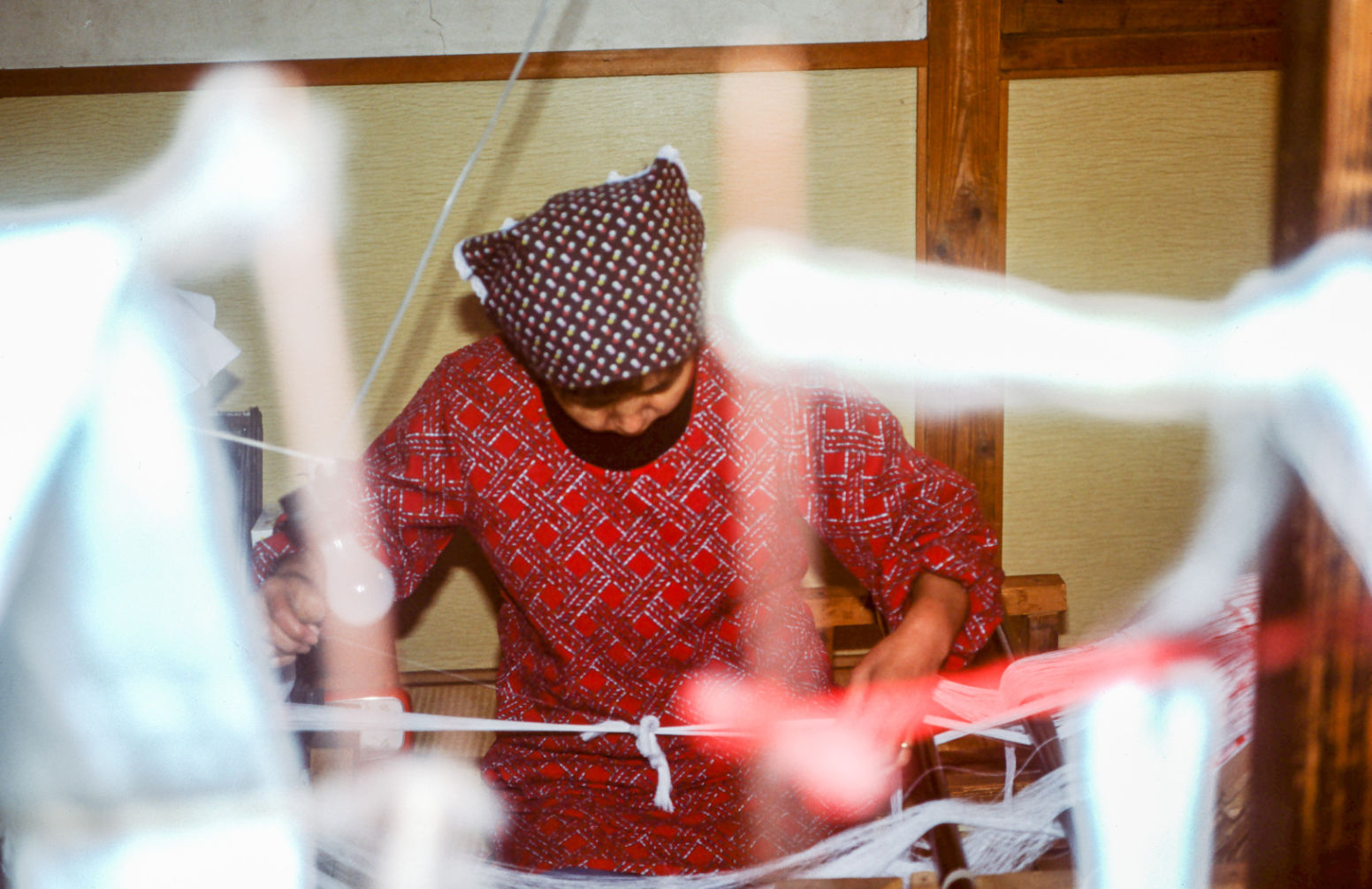Welcome

Andrea Aranow embarked on a new chapter of her career researching, documenting, and assembling major material culture collections in Peru, China, and Japan after closing Dakota Transit. From 1973 to 1987, about half of these collections were acquired by major institutions, such as The British Museum, The Metropolitan Museum, International Folk Art Museum, The Royal Scottish Museum, and The Museum für Völkerkunde among others.
In Peru, Aranow was drawn in by the beauty of the place, the culture, and the continued use of handwoven clothing around her. After serving as the regional textile researcher at the Instituto Nacional de Cultura, Aranow left the institution to do her own fieldwork documenting and collecting textiles and dress created by indigenous groups in the Sierra Central.
The textiles she collected included those that were woven for daily use as well as ceremonial use, such as tapestry, warp-striped woven and embroidered mantas, and square carrying cloths. These textiles featured limited motifs, typically stripes, geometric, and abstract designs. The ceremonial textiles and garments were used in fiestas, such as during village celebrations on patron saints’ days. These textiles used industrial materials, employed embroidery techniques, and featured bold imagery to create striking designs.
Aranow also collected a range of alto-relieve embroideries from the Junin region, which date from 1915 to the early 1970s, and were worn by men and horses during village fiestas. They feature heroic religious and military themes, with added elements such as airplanes and flowers. The embroidery technique used in these textiles involved wrapping and stuffing shapes, similar to Spanish church vestments. The earliest pieces were made using mainly silver thread, with more colors and elements introduced later. Designs in the 1930s and 40s featured costume details and lettering, while those in the 50s became bolder and more formal in composition.
The Peruvian collection also includes over 700 textiles and garment, thousands of field photos and Aranow’s research notes, along with video interviews and lectures about her time living and collecting in Peru. All of these materials are currently being organized and digitized for expanded access, with the video interviews to be released in the spring of 2023 on our website.
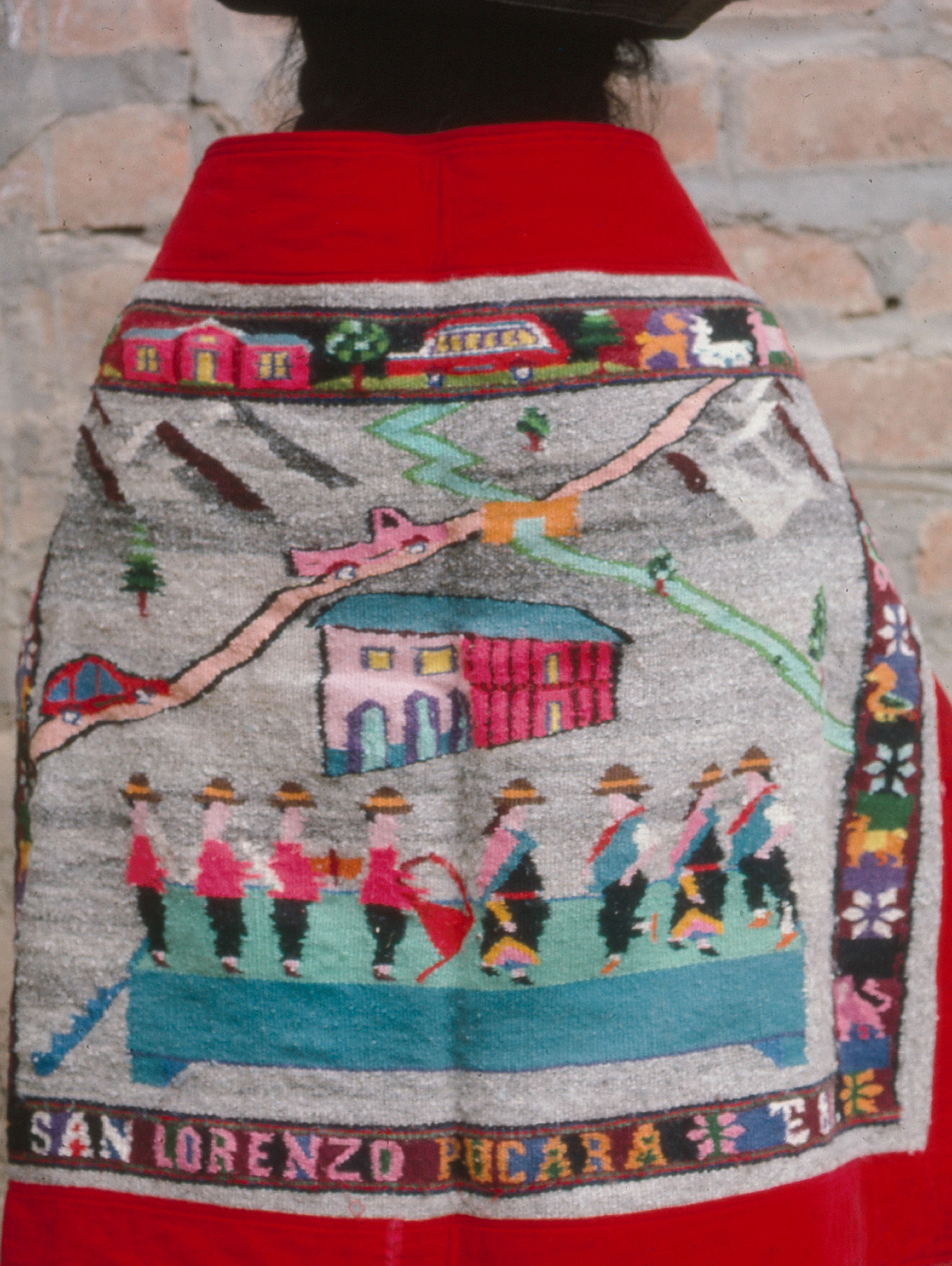







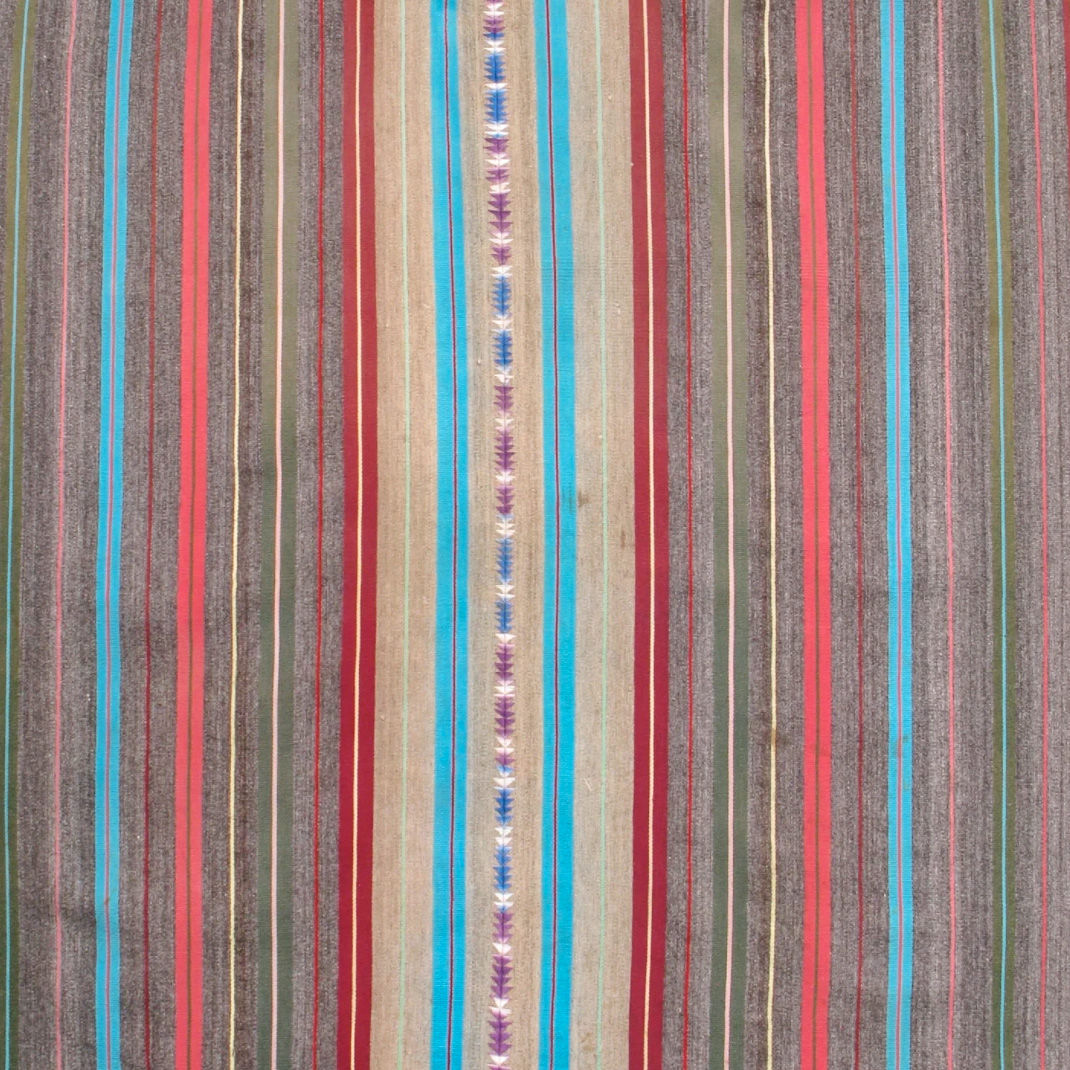
Aranow was intrigued by the idea of visiting traditional areas that had been closed for a long time, so in 1983, she left London with her two sons and spent a year traveling slowly in China, where they were warmly welcomed. and was attracted by the warm welcomes and security she received. Starting in Dali, they worked their way around several parts of Guizhou and then went north and northwest to Kashgar, where they had many adventures. After surviving mid-winter in the Taklamakan desert, they opted to ride the rails all the way southeast down to Hainan Dao.
Aranow crossed all the boundaries between her status as an outsider and the Chinese cadres, the local citizens, and the minority people she wanted to spend time with. Despite official mandates that minority people should dress and study like the Han and not fraternize with foreigners, Aranow was able to connect with the local people through their beautiful needlework. She collected textiles to tell a local story and focused on specific garments and techniques to find examples showing the stylistic development over a few generations.
Aranow returned to China several times and made her last collecting trip in 1994 to the northern part of Guangxi. Several of her collections of Chinese minority textiles are now in museums, including the British Museum, the National Museum of Scotland, Basel Ethnographic Museum, and the Metropolitan Museum of Art.
In addition to textiles and garments, the Chinese minority collection comprises thousands of field photos, Andrea’s research notes, maps, and video interviews and lectures about her travels and experiences collecting in China. Currently, these materials are being organized and digitized to provide expanded access.
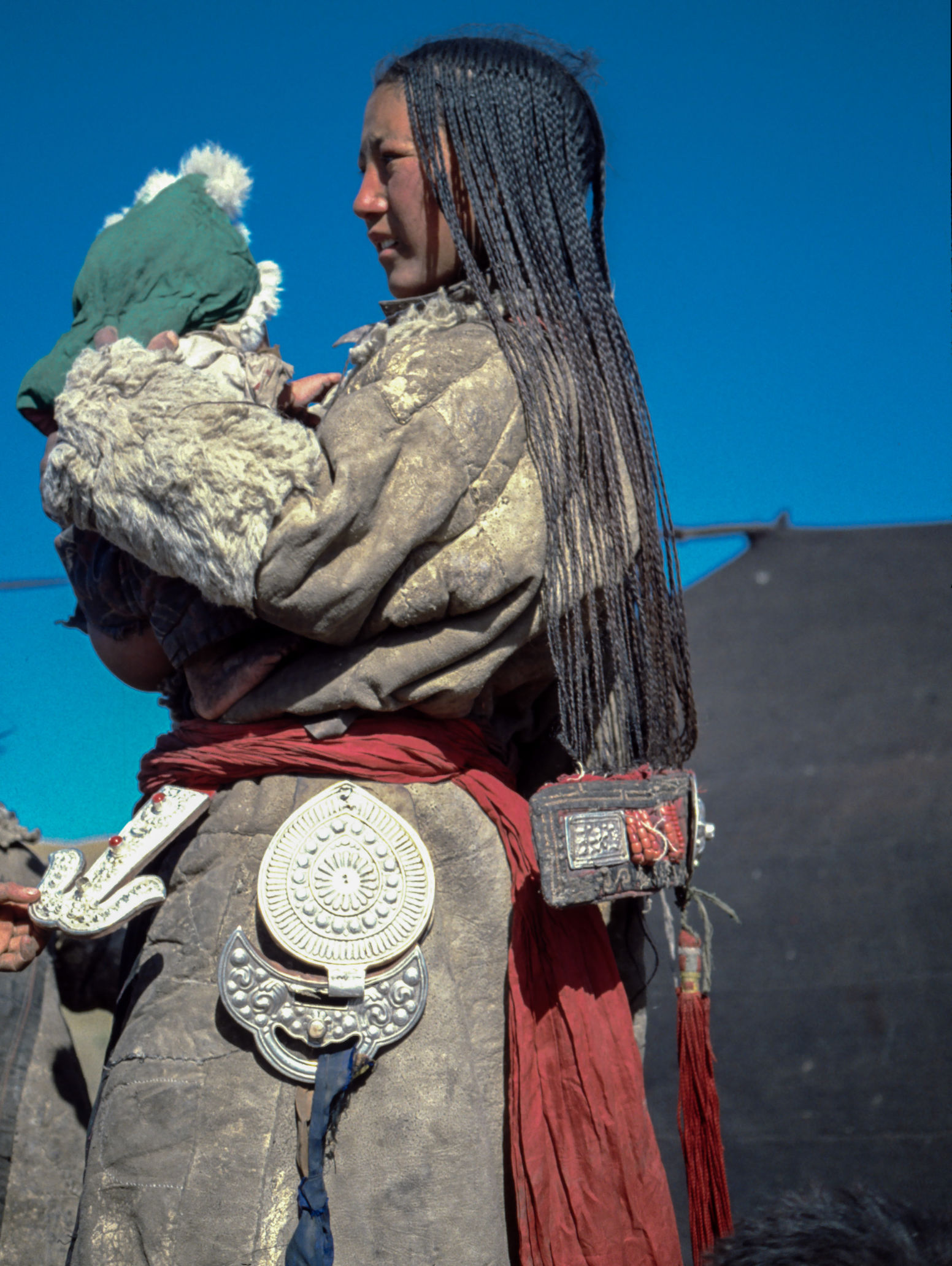


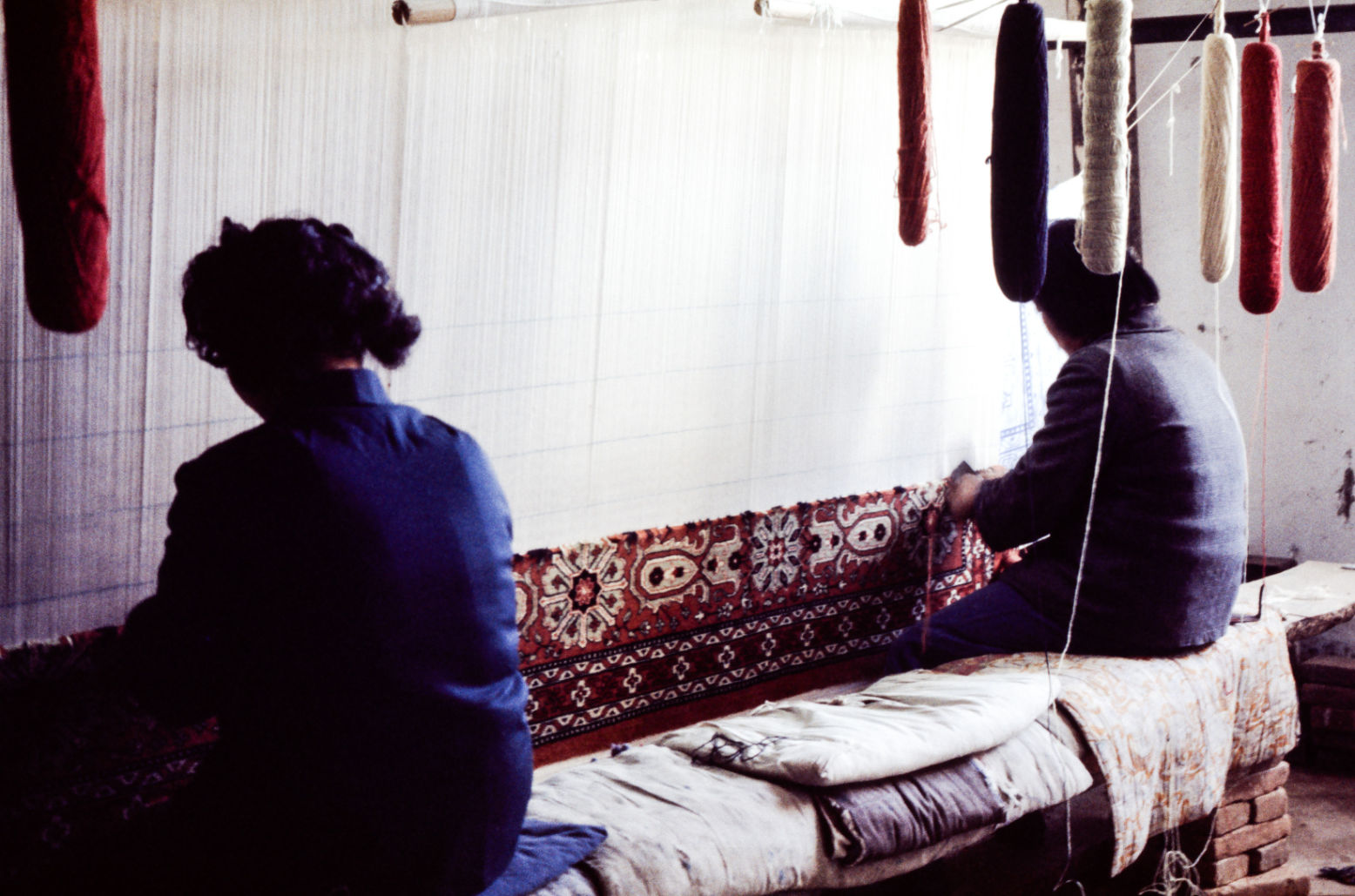

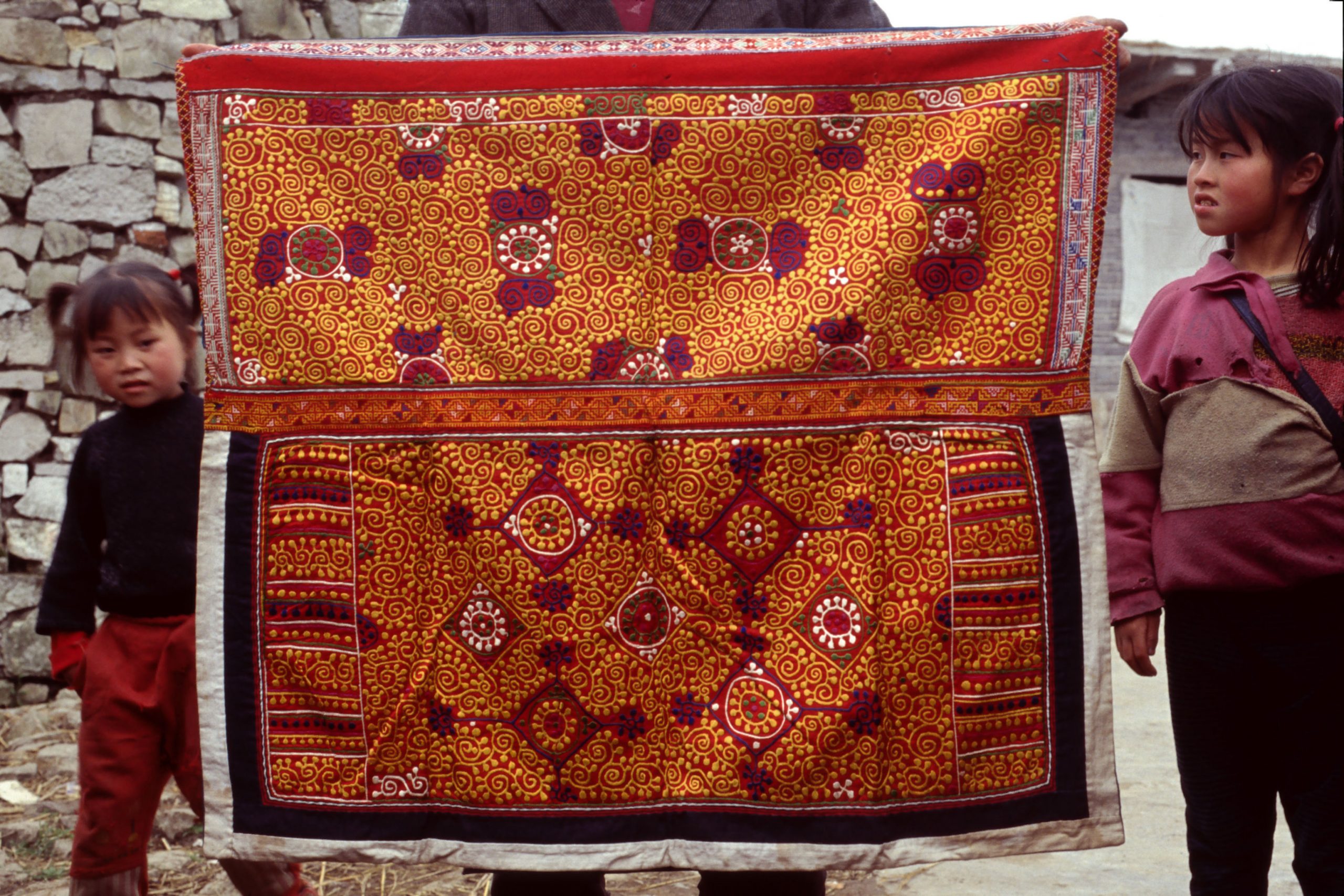
Aranow moved to Japan after her first collecting trip to China to build a collection of modern kimono for the British Museum, with the aim of expanding their already impressive holdings from earlier periods. She lived in Japan with her family for three years in the mid-80s and returned for one month every year since then, purchasing a few new pieces each time to add to her collection.
Aranow’s extensive collection of 800 kimonos includes post-war haori, patchwork nagajuban, and michiyuki, also known as “coat-o.” These garments are made from a variety of fibers, including cotton, silk, wool, and asa. The kimonos also incorporate a variety of techniques, such as resist dyeing (including shibori, kasuri, meisen, stencil, and batik), woven patterns, printed stencils, and hand-painted yuzen. They are organized within the Materials Collection by Japanese era: Edo, Meiji, Taisho, Showa, and modern decades.
In addition to the kimonos and textiles, Aranow also acquired an archive of over 700 Japanese original paintings from Kyoto. The paintings were created using sumi ink or colored pigment inks on washi or a less fibrous card. Some were also painted on fine synthetic fabrics or directly on silk chirimen. The designs are rendered life-size, with a width similar to the fabric standard used at the time and a length depending on the repeat or placement scale intended.
Aranow conducted extensive physical and intellectual research exploring the patterns and motifs by showing digital images to textile scholars, yuzen painters, dealers of antique textiles. The painting archive came from various Kyoto studios, with groups of paintings done in the same hand and/or colorways. Some of the ink paintings include a chop, and some have a studio name, but most are anonymous.
The archive covers a period when kimono design was exploding, and many designs continued to play with traditional symbols (with a twist) while others depicted pop-culture motifs. The designs were typically kept under lock and key to be reworked as needed, and even today, yuzen designers often refer to older patterns rather than drawing from life.
Supplemental materials in the Kimono Painting Design Archive include design stencils, field slides, research notes, and design books collected over a thirty-year period of research and exploration.

